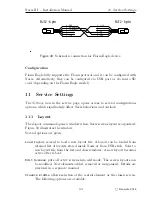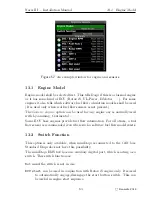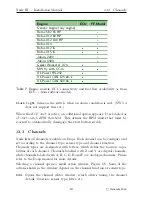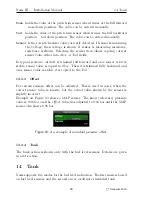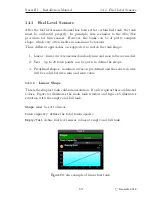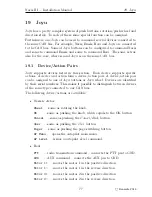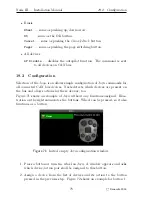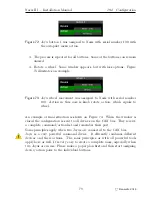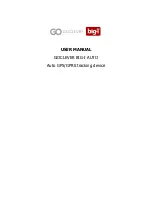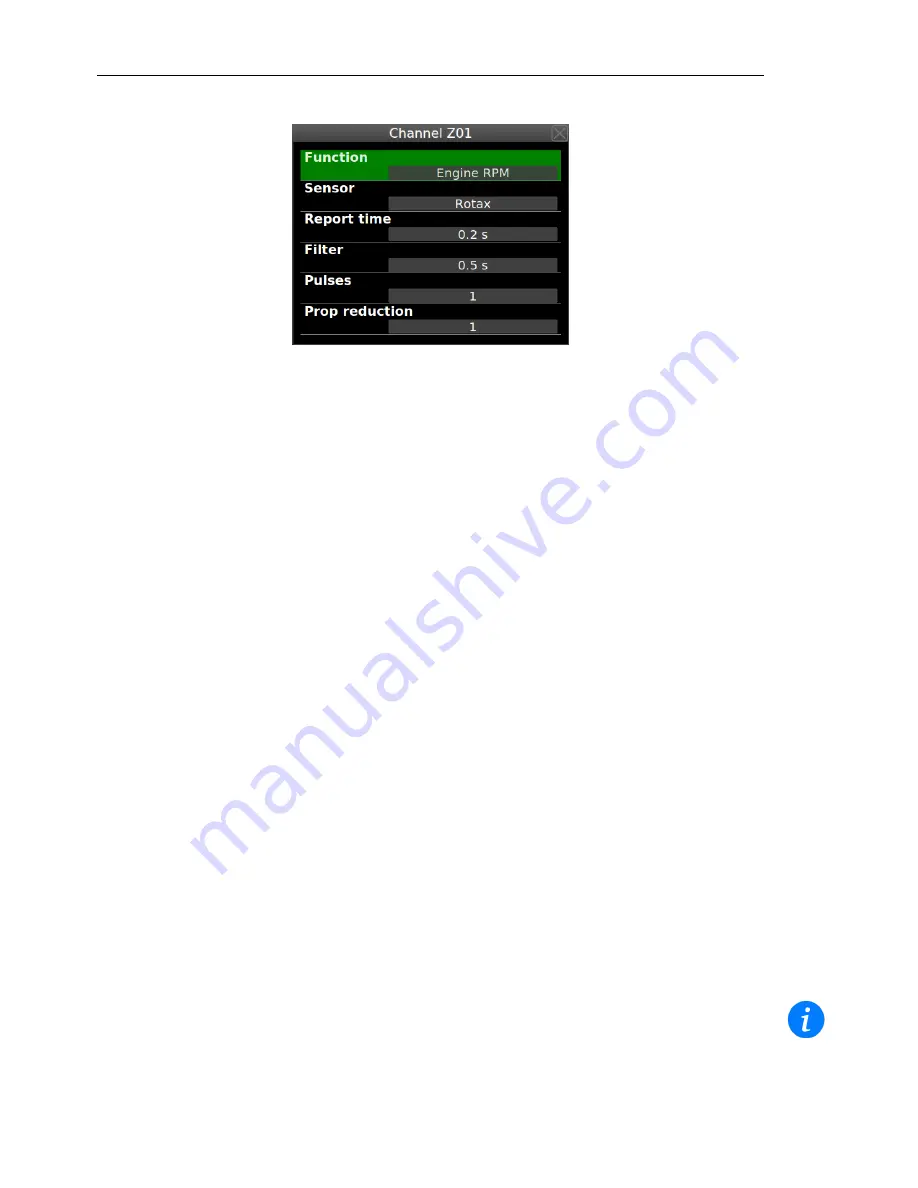
Nesis III — Installation Manual
13.3
Channels
Figure 59:
An example of channel Z editing. Z is typically used for the engine
RPM.
Filter
defines a low level filtering. This is a low pass filter time constant.
A larger value means that more time is needed for a measurement to
react on some sensor change. The optimal value depends on the sensor
and function.
Pulses
value is specific for digital channels (Z,Y). It defines how many digital
pulses are required for one event. For example, some rotor sensor may
issue 12 pulses per one rotor revolution.
Prop reduction
is specific to Engine RPM function.
Some engines have
reduction gear boxes (Rotax for example). If the reduction ratio is
entered, then the propeller RPM will be shown instead of the engine
RPM. This value is typically set to 1.0, which results in engine RPM.
Figure 60 shows another example. In this case an oil pressure sensor is con-
nected to channel D1. As a generic family of sensors is selected in the
Sensor
item, an additional items appears at the bottom –
Max value (at 20 mA).
.
This value is used to define the sensor range. In the example is set to 10 bar,
which is typically used for Rotax engines.
Another, slightly different example is shown on Figure 61. In this case sensor
is a thermocouple and this type requires a selection between isolated or non-
isolated type.
Note: The functions can’t repeat themselves. When one specific function was
assigned to one channel and then the same function is assigned to the other
channel, the first assigned function will be reset and the last assigned function
will be kept.
66
©
Kanardia
2018


